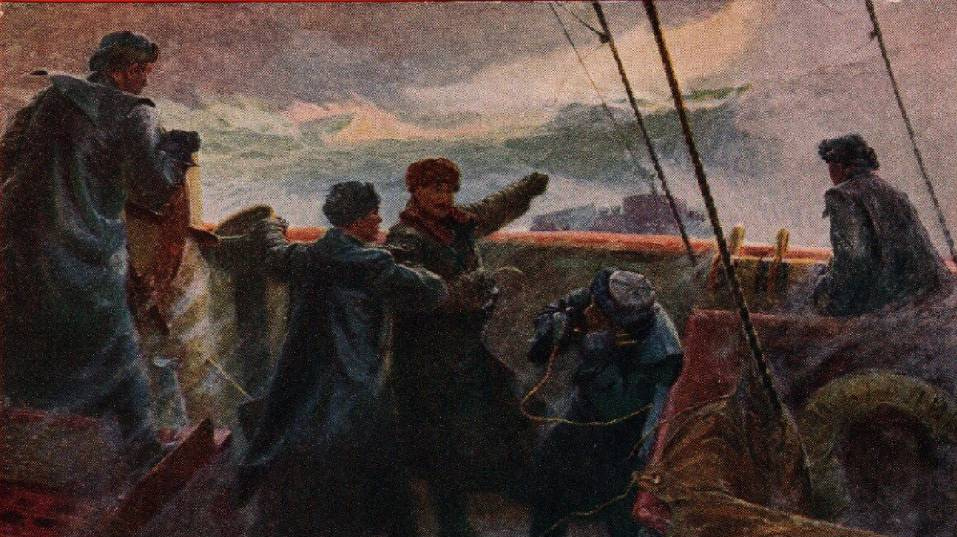The organization of year-round navigation along the Northern Sea Route became the main topic of the meeting of the Russian Minister for the Development of the Far East and the Arctic Alexei Chekunkov with scientists from the Arctic and Antarctic Research Institute, the press service of the AARI reports on June 6 on the official Internet portal.
A wide range of issues were discussed during the event. In particular, attention was paid to the preparation and provision of safe navigation on the Northern Sea Route (NSR), the creation of an international research center on the Svalbard archipelago, as well as measures to support research activities in the Arctic region.
Chekunov noted that nature puts significant obstacles on the Northern Sea Route. As the minister emphasized, in order to overcome these obstacles, it is necessary to obtain information by all available means, remote and field.
“Cargo traffic along the NSR, the safety of navigation directly depends on the quality of research work, hydrometeorological support for navigation, and forecasts of ice conditions”– Alexey Chekunkov emphasized.
It is noted that the length of the eastern routes of the Northern Sea Route is five to six times longer than the western routes. To ensure the operation of the route, it is necessary to monitor the ice cover throughout the NSR, the area of which is an order of magnitude larger than the area of the southwestern part of the Kara Sea.
“As a rule, ice conditions in the eastern region are much heavier than in the western region. The duration of the voyage to the east is from one and a half to two weeks, which significantly exceeds the lead time of detailed forecasts.– stressed the director of the AARI Alexander Makarov.
He explained that in order to ensure safe and commercially justified navigation along the Northern Sea Route, timely hydrometeorological information and the choice of the optimal navigation route are necessary. According to the scientist, such a route can be drawn up solely on the basis of a high-quality ice forecast.
Makarov noted that the accuracy of short-term forecasts of ice distribution and drift with a lead time of up to five days is currently about 93%. Long-term forecasts (from 15 days to six months) are justified by 85%. According to the scientist, the organization of year-round navigation in the Arctic seas will require the institute to work around the clock, seven days a week, and the employees are ready for this.







